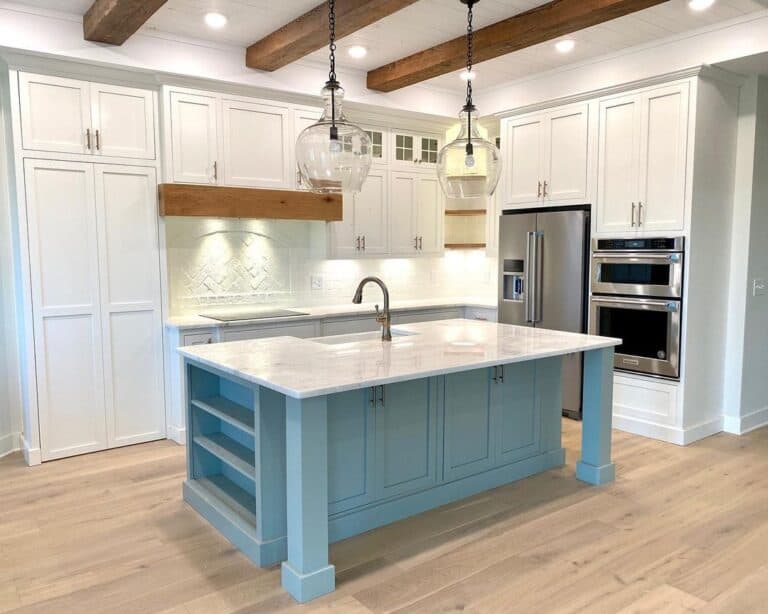Attain the Perfect Equilibrium of Form and Function with Legs For Kitchen Island
Attain the Perfect Equilibrium of Form and Function with Legs For Kitchen Island
Blog Article
An Overview to Choosing the Perfect Legs For Kitchen Area Island for Your Home
Picking the optimal legs for your cooking area island is a nuanced decision that impacts both the performance and aesthetic allure of this central space. Aspects such as elevation, products, and design play an important duty in harmonizing your island with the general cooking area layout. Additionally, understanding the significance of security and upkeep can dramatically affect your selection. As you consider these aspects, it ends up being obvious that the appropriate legs can change not just the look of your kitchen however likewise its functionality for many years to find. What details attributes should you focus on in this option procedure?

Recognizing Kitchen Area Island Legs
When selecting legs for a kitchen area island, it's important to recognize their aesthetic and practical duties in the general layout. The legs serve as a vital support system, making sure security and sturdiness for the island, which often works as a work space, dining area, or collecting place. For that reason, the option of product and construction method need to be durable enough to stand up to day-to-day usage and potential wear.
Along with their architectural duties, legs contribute considerably to the island's visual charm. They can improve the cooking area's design, whether via traditional, contemporary, or eclectic designs. The height and proportion of the legs are also vital factors to consider; they have to balance with the island's countertop height while ensuring comfortable seating for those using the space.
Furthermore, the leg style can influence the general flow of the kitchen. Open, airy leg designs can produce a sense of lightness, while solid, substantial legs may convey a more based and secure visual - Legs For Kitchen Island. Comprehending these practical and aesthetic facets will certainly direct property owners in making informed choices that complement their cooking area's layout and improve its usability
Popular Styles and Materials
The option of legs for a cooking area island encompasses a selection of preferred designs and materials, each offering unique features that can boost both performance and looks. Among the most desired styles are contemporary, rustic, and typical. Contemporary legs commonly feature streamlined, minimal designs that highlight simpleness and clean lines, making them ideal for modern-day kitchens. Rustic designs, on the other hand, welcome natural components and typically display recovered wood or troubled finishes, including warmth and appeal to the space. Typical legs usually exhibit elaborate details and craftsmanship, boosting traditional cooking area designs.

Height and Security Considerations

The legs of the kitchen area island should give sufficient assistance, guaranteeing that the framework can endure day-to-day use without moving or tottering. Material option plays a significant function in stability; metal legs, for circumstances, tend to use better stamina contrasted to wood.
Matching Your Kitchen Aesthetic
Picking the best legs for your cooking area island surpasses performance; it additionally plays a significant function in the total aesthetic of the area. When picking legs, consider the design style of your kitchen area. For a modern appearance, sleek metal or minimal layouts can create a clean, contemporary ambiance. On the various other hand, rustic or conventional kitchen areas usually gain from wooden legs with elaborate outlining or a troubled coating, boosting view it now warmth and character.
Legs that enhance or contrast with your island's surface and bordering cabinetry can develop visual harmony or striking focal factors. Furthermore, consider the finish of the legs; matte, shiny, or textured finishes can considerably influence the overall feeling of the kitchen area.
Setup and Maintenance Tips
Mounting kitchen island legs requires mindful focus to information to guarantee both stability and visual appeal. Begin by selecting an appropriate area for your island, guaranteeing it is degree and has enough space for activity. If you are attaching the legs to a wall or utilizing brackets for included support, utilize a stud finder to locate wall surface studs. Mark the placement of the legs accurately before boring.
When protecting the legs, utilize high-quality screws go right here and, if necessary, wood adhesive for additional toughness. For metal legs, make certain that you are using proper anchors and devices to avoid damage to your floor covering. It is suggested to inspect for levelness after setup, making changes as needed to avoid tottering.
Upkeep is just as crucial for longevity - Legs For Kitchen Island. Regularly examine the legs for any kind of signs of wear or helping to loosen, specifically in high-traffic locations. Tidy the legs with a suitable cleaner, preventing unpleasant products that might scrape the surface. For wood legs, consider using a timber conditioner periodically to preserve their coating. By adhering to these installation and upkeep tips, you can make certain that your cooking area island legs remain both useful and aesthetically appealing.
Final Thought
In conclusion, picking the ideal legs for a kitchen area island necessitates mindful factor to consider of elevation, security, and aesthetic compatibility. Eventually, thoughtful leg choice plays an essential function in raising both the usefulness and style of the kitchen area room.
When picking legs for a cooking area island, it's important to learn the facts here now recognize their aesthetic and functional roles in the total style. Open, airy leg styles can develop a feeling of agility, while strong, substantial legs may share an extra grounded and stable aesthetic. The legs of the cooking area island need to give ample assistance, guaranteeing that the framework can withstand daily usage without tottering or moving.Installing kitchen island legs needs cautious attention to information to guarantee both stability and visual appeal.In final thought, choosing the proper legs for a kitchen island demands careful factor to consider of elevation, security, and visual compatibility.
Report this page